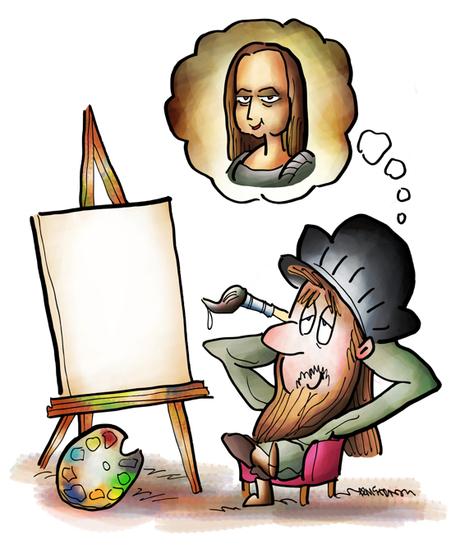I enjoyed The Lessons Of Leonardo by Walter Isaacson, which appeared in the Wall Street Journal.
Leonardo being, of course, Leonardo da Vinci, the famous creative genius whose best known paintings are the Mona Lisa and The Last Supper.

Mr. Isaacson writes that Leonardo once applied for a job by listing his many engineering skills: he could design bridges, waterways, cannons, etc.

At the end, he thought to add that he was also an artist: “Likewise in painting, I can do everything possible.”
Hey, must be nice!!

Leonardo was a terrific idea man, but he left many projects unfinished– which inspired this line from Mr. Isaacson: Vision without execution is hallucination.




Especially when it comes to brand strategy.


Why do we try to execute a marketing strategy (= sell our product or service) without a sensible vision?

My theory: because “vision” is a buzzword. And it’s very hard to define something that’s become a buzzword.


I’m going to channel Leonardo and define the essential elements of an effective brand vision: what it is not, and what it should be. (You’re welcome.)


►it’s not saying you’re better– everyone says that; it’s being different
►it’s not fitting in and playing it safe; it’s taking risks
►it’s not talking jargon; it’s being human and speaking the customer’s language

►it’s not acting “professional” (soulless); it’s using humor to connect emotionally
►it’s not making your message your top priority; it’s making sure you get noticed
►it’s not giving employees free donuts; it’s making employees brand advocates
►it’s not assuming people know what you do; it’s educating them about it

►it’s not using stock photos; it’s using images that attract attention

